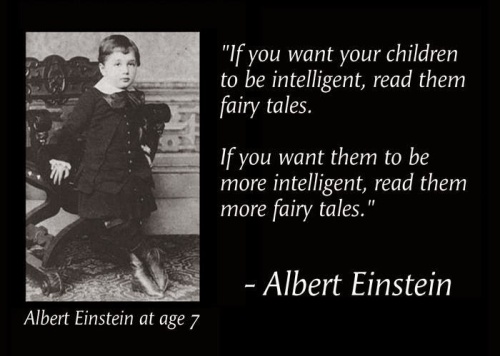Sorry for the lack of content over the past six months or so. I’ve been both very busy with my day job AND very uninspired in my writing. But all of that is changing. Here’s my second post of 2014:

I recently discovered that IMDb, the Internet Movie DataBase, has an incredible collection of keywords tagging the movies in their database.
How can a writer use this?
- To predict the popularity of what they are writing.
- To choose between potential plot points.
- and most certainly many more…
Visit: http://www.imdb.com/Sections/Keywords/ for the MoKA home page. If you scroll down, there are lists of all the keywords broken down by starting letter, keyword length (!), and tag count.
I think the list of keywords tagged on 10,000 or more movies is quite revealing:
- Death (11,357)
- Family Relationships (10,721)
- Father Son Relationship (12,334)
- Female Nudity (14,770)
- Husband Wife Relationship (10,371)
- Love (13,509)
- Murder (20,994)
- Sex (13,022)
So there we have it. There have been more movies about Murder and Death, Family Relationships, and Love and Sex than on any other topics.
So should we all be writing murder-death-kill thrillers about families involved in complicated love quadrangles featuring kinky sex scenes?
Of course not.
Write what you know. Write what you love. Write what you would enjoy reading. This is only one measure of success. But a writer should always use multiple metrics because past performance is no guarantee of future results.
Charles Goodhart put it another way: When a measure becomes a target, it ceases to be a good measure.
So we must use IMDb’s MoKA appropriately. It is interesting information, but it is an indicator, a measure, a metric, and not your writing goal. It is a tool best used to hone existing material. If used prescriptively when creating material, you will have relied on it too much and the quality and direction of your writing will likely suffer.
Note: I removed the following non-plot keywords from the list above:
- Based On Novel (29,833)
- Based On Play (13,908)
- Character Name In Title (42,430)
- Independent Film (35,628)
- Number In Title (13,716)
- TV Mini-Series (10,145)










